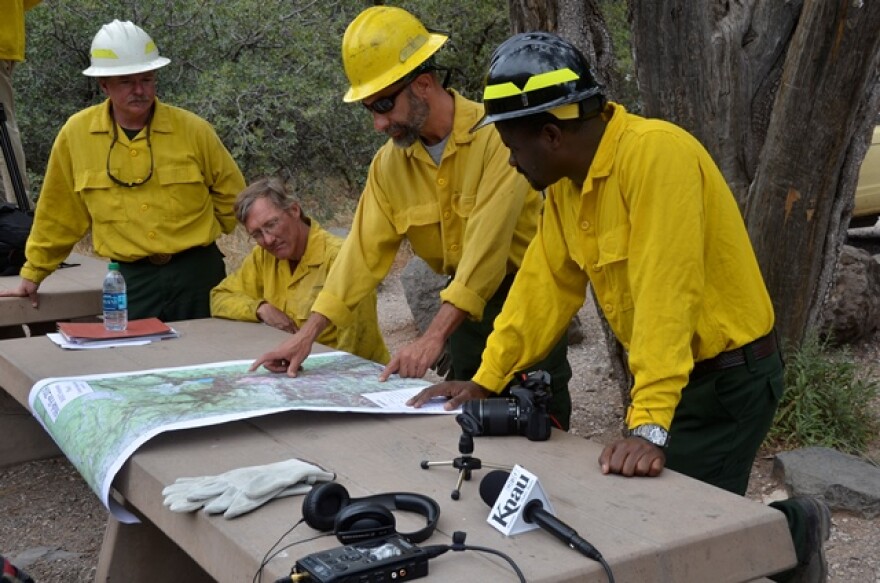In late May of this year, wildfire swept through upper Oak Creek Canyon in northern Arizona. By the time firefighters contained it in early June, the Slide Fire had burned some 22,000 acres of chaparral, mixed conifers, and ponderosa pine forest.
Soon after, a team of researchers from the US Forest Service Burned Area Emergency Response, or BAER, program studied the burned area to assess the fire’s impacts.
When a wildfire burns, its intensity can vary dramatically across the landscape. Researchers measure that intensity in terms of the fire’s impact on soils.
A low-intensity fire burns lightly over the landscape, leaving much vegetation and ground cover unburned. Soil organisms are largely unharmed, the soil structure intact.

Researchers found that 46 percent of the Slide Fire area burned at low intensity and 6 percent remained unburned. With soil structure unchanged and soil fertility enhanced by nutrients from ash, researchers expect rapid recovery of these lightly impacted sites.
But in nearly half the burn area, particularly steep canyon slopes, the effects on soil were moderate or severe. Here, fire burned away the vegetation and ground cover that protect soil from eroding. The intense heat oxidized soil nutrients, reducing fertility. In some places it altered the soil’s structure, making it repel water rather than absorb it.
These changes add up to a high risk of soil erosion, flooding and debris slides. Erosion, combined with reduced soil fertility, will likely slow the recovery of these more intensely burned areas.







